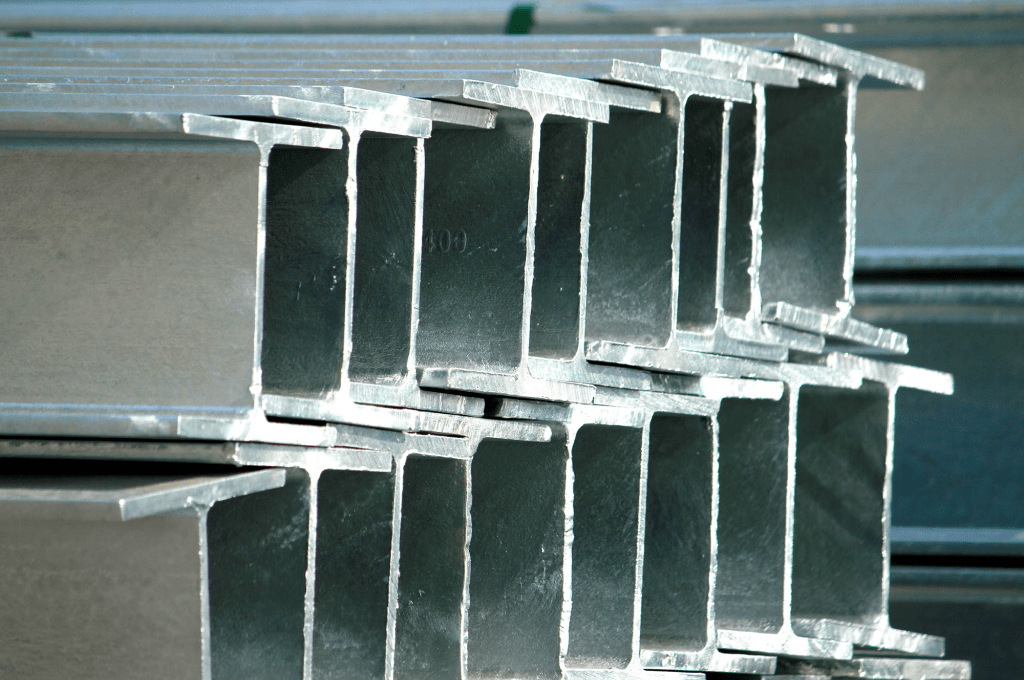
MS COLUMN
Brands
- JSW
- TATA
- JINDAL
- ISI
- SAIL - STEEL AUTHORITY OF INDIA
- APOLLO
- & Many More
Columns in Construction: Ensuring Structural Integrity and Support
Columns are vital structural elements in construction, providing crucial support and stability to buildings, bridges, and various infrastructure projects. Let’s explore the types, materials, design considerations, and installation methods of columns in detail.
Introduction to Columns in Construction
Columns, also known as pillars or posts, are vertical load-bearing elements that transfer structural loads from beams and slabs to the foundation. They play a pivotal role in maintaining the structural integrity and stability of buildings, especially in multi-story constructions.
Types of Columns and Their Structural Roles
Rectangular Columns
Rectangular columns, with a square or rectangular cross-section, are commonly used in building construction for their uniform load distribution and ease of reinforcement.
Circular Columns
Circular columns, with a cylindrical shape, offer efficient load-bearing capacity and resistance to lateral forces, making them suitable for high-rise buildings and bridges.
Square Columns
Square columns, featuring a square cross-section, provide enhanced aesthetic appeal and structural strength, often used in residential and commercial structures.
Composite Columns
Composite columns, combining different materials like concrete, steel, and composite materials, offer superior strength-to-weight ratios and versatility in design and construction.
Materials Used for Constructing Columns
Columns can be constructed using various materials such as reinforced concrete, steel, timber, and composite materials, each offering unique properties and benefits for structural applications.
Design Considerations for Columns
Designing columns involves considerations such as load-bearing capacity, column spacing, arrangement in structural grids, reinforcement detailing, and compatibility with other structural elements for seamless integration.
Installation and Construction of Columns
The installation process of columns involves precise placement, alignment, formwork preparation, pouring of concrete or assembly of materials, curing, and quality checks to ensure structural stability and compliance with design specifications.
Maintenance and Durability of Columns
Regular maintenance, inspection, and repair of columns are essential to ensure longevity, structural safety, and resistance to environmental factors such as corrosion, seismic activities, and weathering.
.Emerging Trends in Column Design and Construction
Stay updated on emerging trends in column design and construction, including advancements in materials, prefabrication techniques, digital modeling, and sustainable design practices.
Conclusion: Importance of Columns in Structural Integrity
In conclusion, columns play a crucial role in ensuring the structural integrity, stability, and safety of buildings and infrastructure. Their design, material selection, installation, and maintenance significantly impact the overall performance and longevity of structures.


